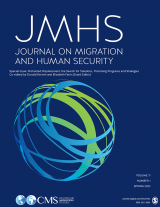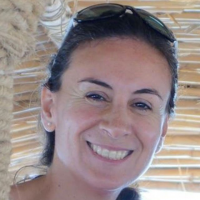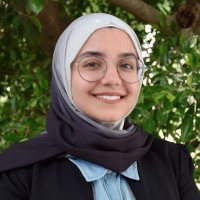Patterns of Refugees’ Organization Amid Protracted Displacement: An Understanding From Jordan, Lebanon, and Turkey
Oroub El-Abed, Watfa Najdi, and Mustafa Hoshmand from the Centre for Lebanese Studies just published a new article on the patterns of refugee organizations in Jordan, Lebanon, and Turkey in The Journal on Migration and Human Security. The findings of this amazing research were launched during a webinar on January 16th titled, “Refugee Communities Mobilising in the Middle East.”
This study establishes a body of evidence on the effective structures of refugee communities despite the obstacles presented in hosts states. The authors prove that refugees have the ability to take control and (re-) build their communities by utilizing effective leadership networks with peers and support organizations, a specific agenda, and funding to meet community needs. The numerous organizational patterns and typologies used by refugees present evidence for the need to extend RLOs’ activities and allow them to play a bigger part in delivering humanitarian aid, community support, and empowerment. Finally, the authors encourage policymakers, funders, and practitioners to use this research to inform their engagement with different types of RLOs in their regions, considering the range of structures, strategies, and levels of formality that these groups exhibit.
Article Authors
Abstract
In recent years, increasing attention has been paid to the ways refugees in displacement manage to organize themselves and act upon their needs. The growing recognition in the UN system of the importance of localization of aid and the potential role played by local actors has given refugee-led organizations (RLO) a space to grow. In this paper, we analyze refugee agency and solidarity through the organization of the refugee communities in Turkey, Jordan, and Lebanon. In doing so, we examine: (1) the reasons behind the creation of these organizations and their dynamics; (2) the role of host states toward this drive to organize refugee communities; and (3) the patterns, forms, and structures that these organizations take in providing humanitarian services, as well as community support and empowerment.



